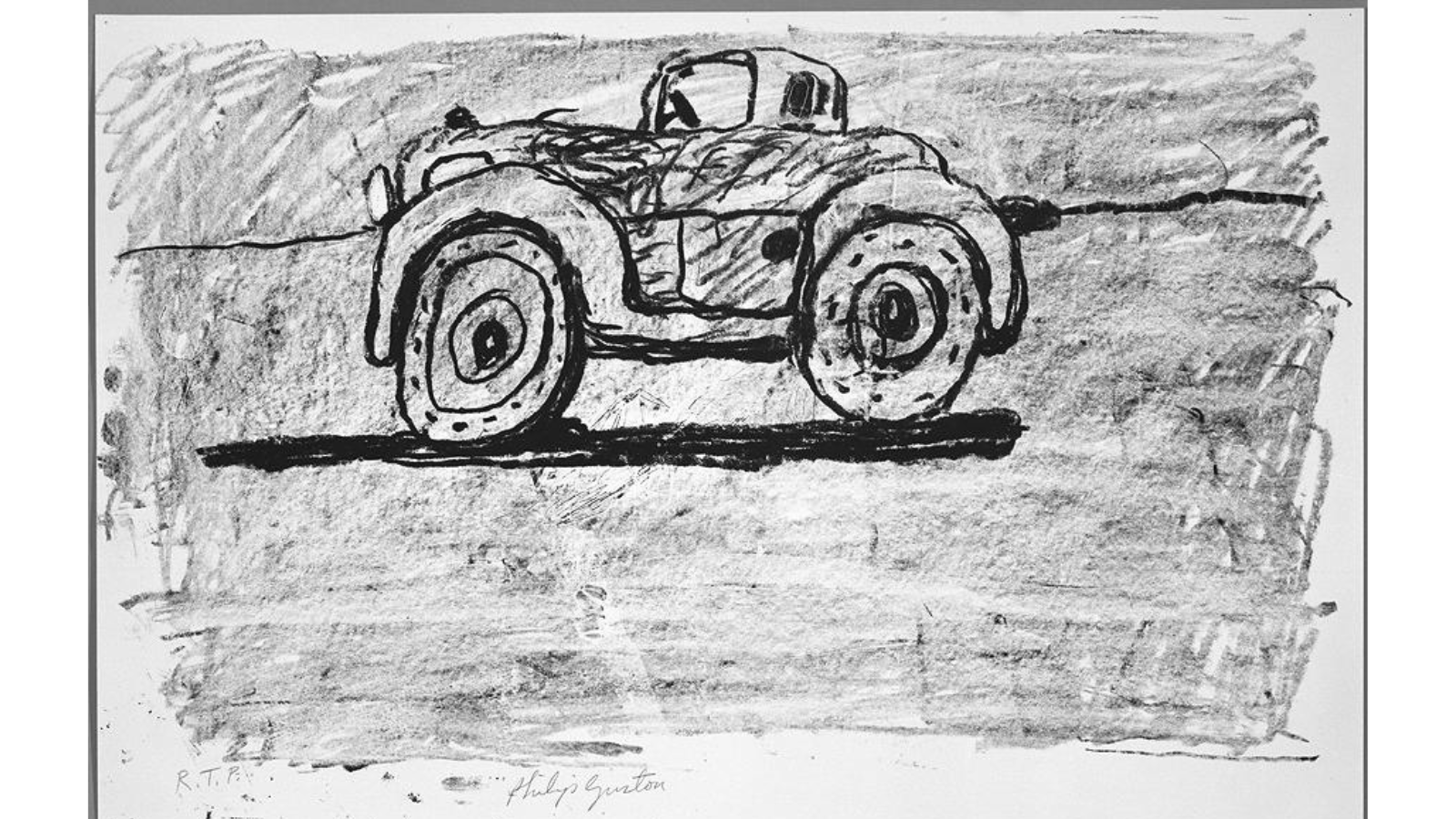Quick Draw: What did Guy de Maupassant use as a paperweight?
In Quick Draw, Sophie Quick gives short and sweet answers to the obscure literary questions you never actually asked.

What did the master short-story writer use to stop his manuscripts blowing out the window? Oh, just a severed human hand. Maupassant also once ate roast monkey. And both of those things happened way before he went mad and claimed there were diamonds in his urine.
The details are hazy, but it seems the gruesome paperweight somehow came into Maupassant’s possession via the English poet Algernon Swinburne. The young Maupassant met Swinburne by chance near the Normandy fishing town of Étretat in 1868 and enjoyed three bizarre lunch dates at his holiday house.
Throughout his life, Maupassant gave a few different versions of these three surreal encounters – with some contradictory details. But the general gist seems to be this: Swinburne, 31, a celebrated poet in England (as well as a notorious drunk and eccentric) went swimming off the coast of Étretat and almost drowned. Maupassant – then an unknown, unpublished teenager holidaying with family nearby – offered assistance before some local fishermen came to Swinburne’s aid. After his rescue, Swinburne invited Maupassant to lunch with him and his friend, George Powell, at the nearby holiday house they’d rented.
Maupassant didn’t love the meal itself. In fact, he swore off monkey for life.
There, the two older men set about entertaining their young guest in all the usual ways: plying him with liquor, serving spit-roasted monkey, presenting their cool collection of fossilised body parts (including a flayed human hand) and showing off their copious portfolio of German pornography.
Maupassant didn’t love the meal itself. In fact, he swore off monkey for life. (He later wrote: ‘The mere smell of the dish as I entered the house made me feel queasy’). But he did love Swinburne’s sparkling conversation and evidently he did appreciate the human hand, even though in one version of the story Powell got drunk and started sucking its fingers during lunch. Maupassant wrote that the two men were superb company: ‘singularly original, remarkable and bizarre’.
Maupassant went on to write six novels and hundreds of brilliant short stories – many of them macabre, many of them concerned with madness. He became much more famous than Swinburne before descending into syphilitic, hallucinatory madness himself and dying in tragic circumstances at the age of 42.
It’s unclear how Maupassant permanently acquired the hand. In the introduction to the Oxford World Classics Maupassant collection, A Day in the Country, translator David Coward says he bought the hand. But it’s much more fun to imagine that Swinburne offered the ghoulish trinket as a gift. It would have been such an elegant gesture, especially given Maupassant’s fondness for grim ironies. What else, but a dead hand, do you give the youth who almost (but not quite) lent you a live hand in your hour of need?
Related Posts

Read
Anne-Marie Te Whiu Receives The Next Chapter Alumni Poetry Fellowship
2 Apr 2024

Read
What's on in April: Resident Organisation Round Up
28 Mar 2024

Read
Blak & Bright First Nations Literary Festival returns in 2024
7 Mar 2024

Read
What's on in March: Resident Organisation Round Up
29 Feb 2024

Read
Hot Desk Extract: International
23 Feb 2024

Read
Hot Desk Extract: The Rooms
23 Feb 2024
Share this content